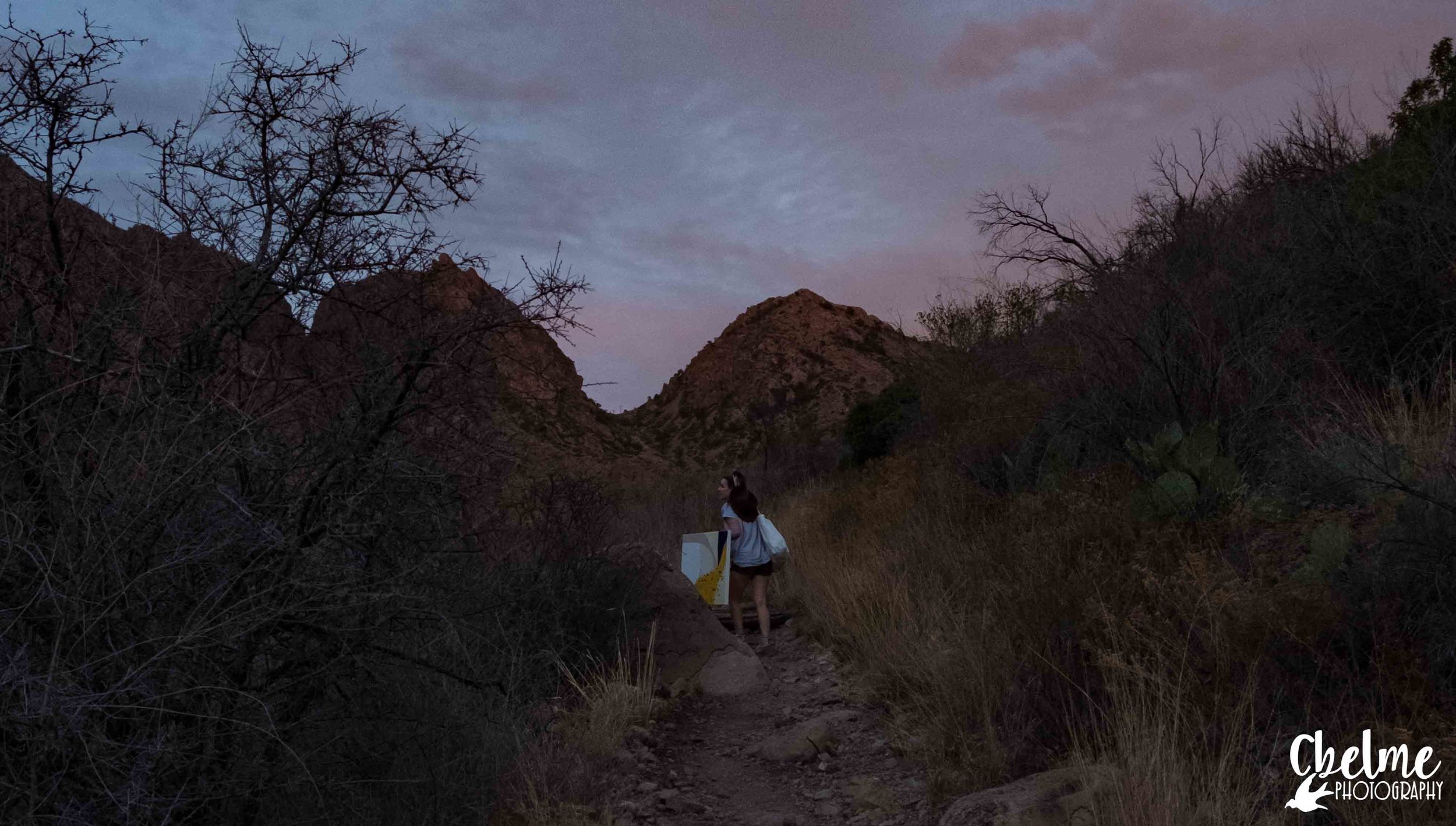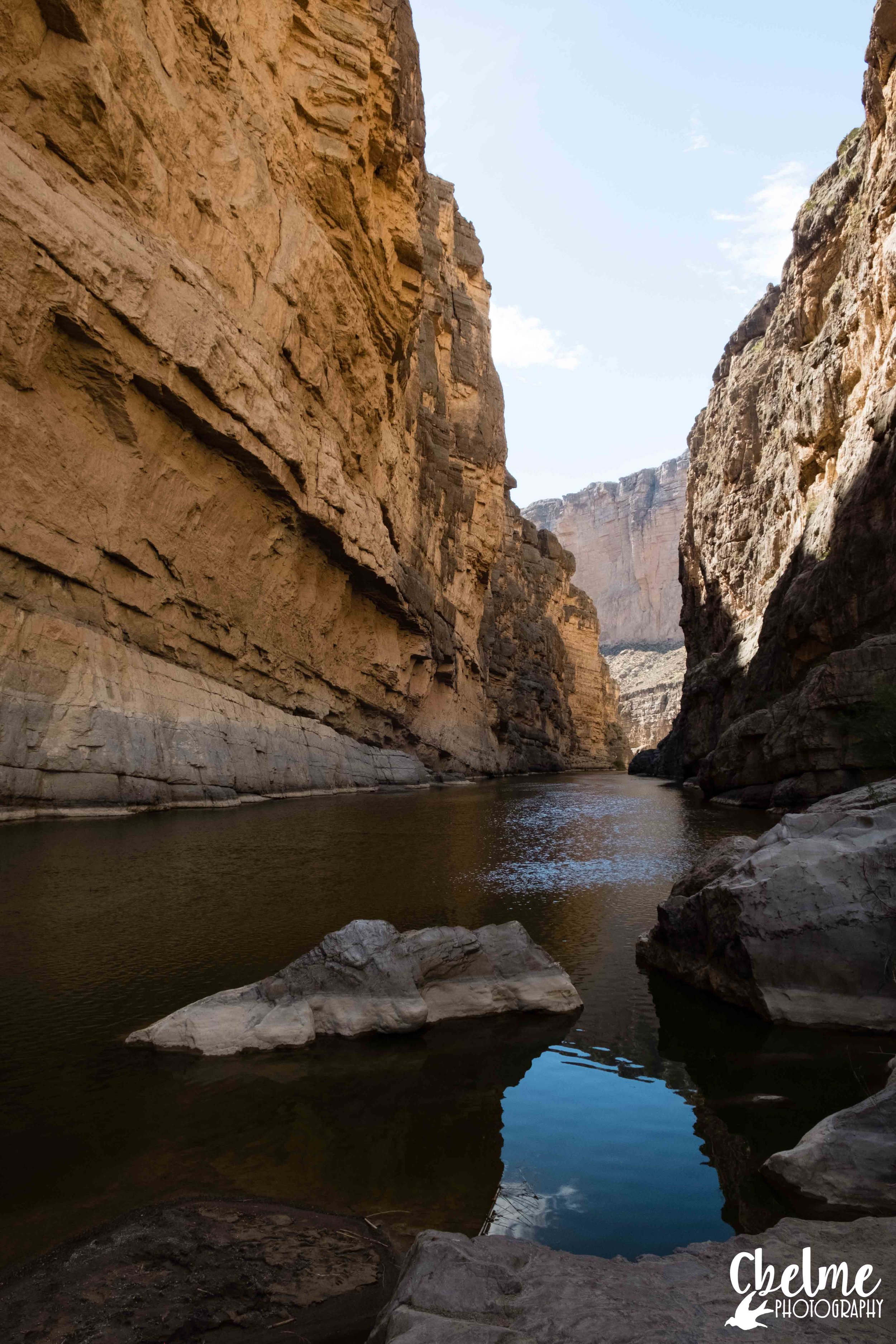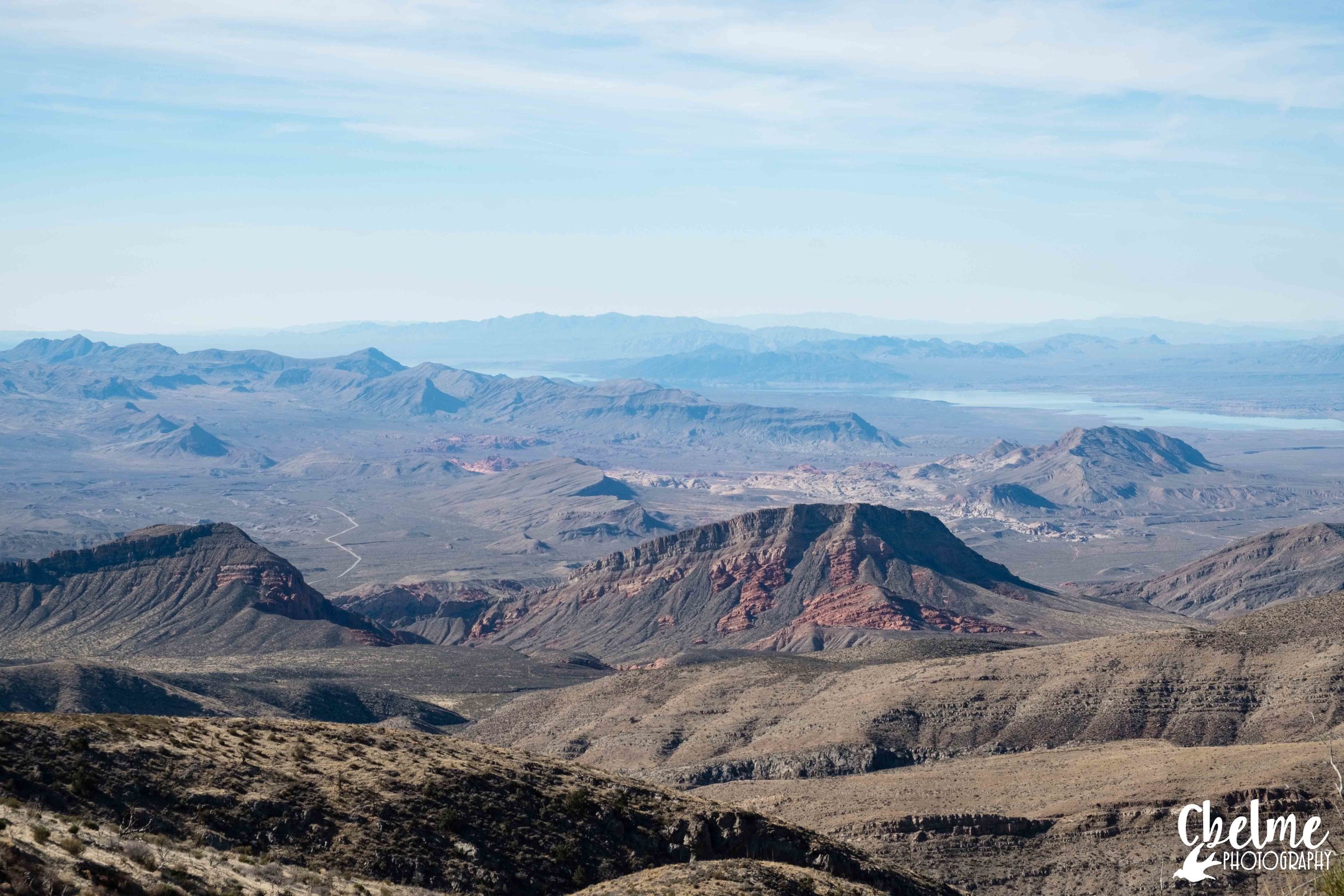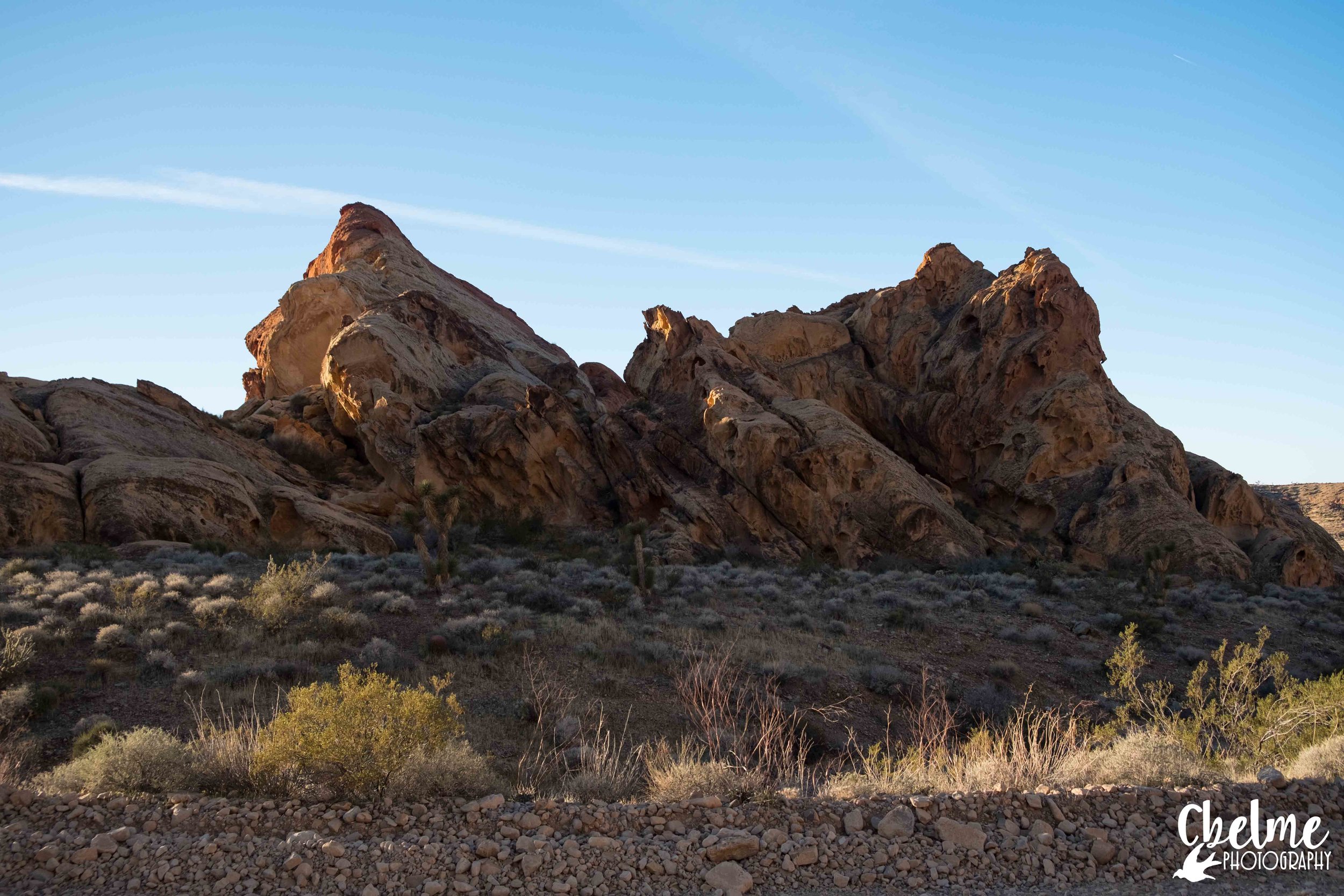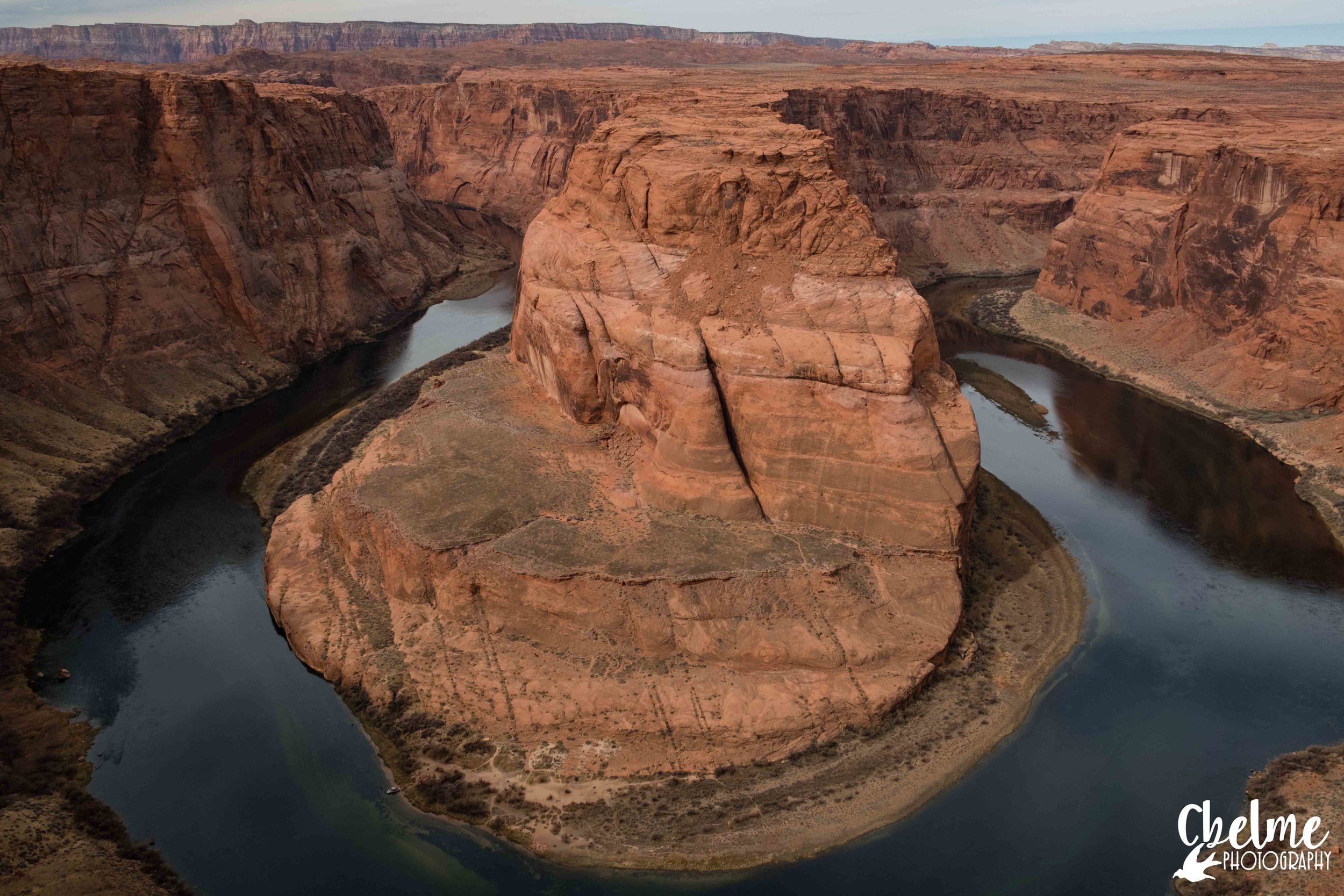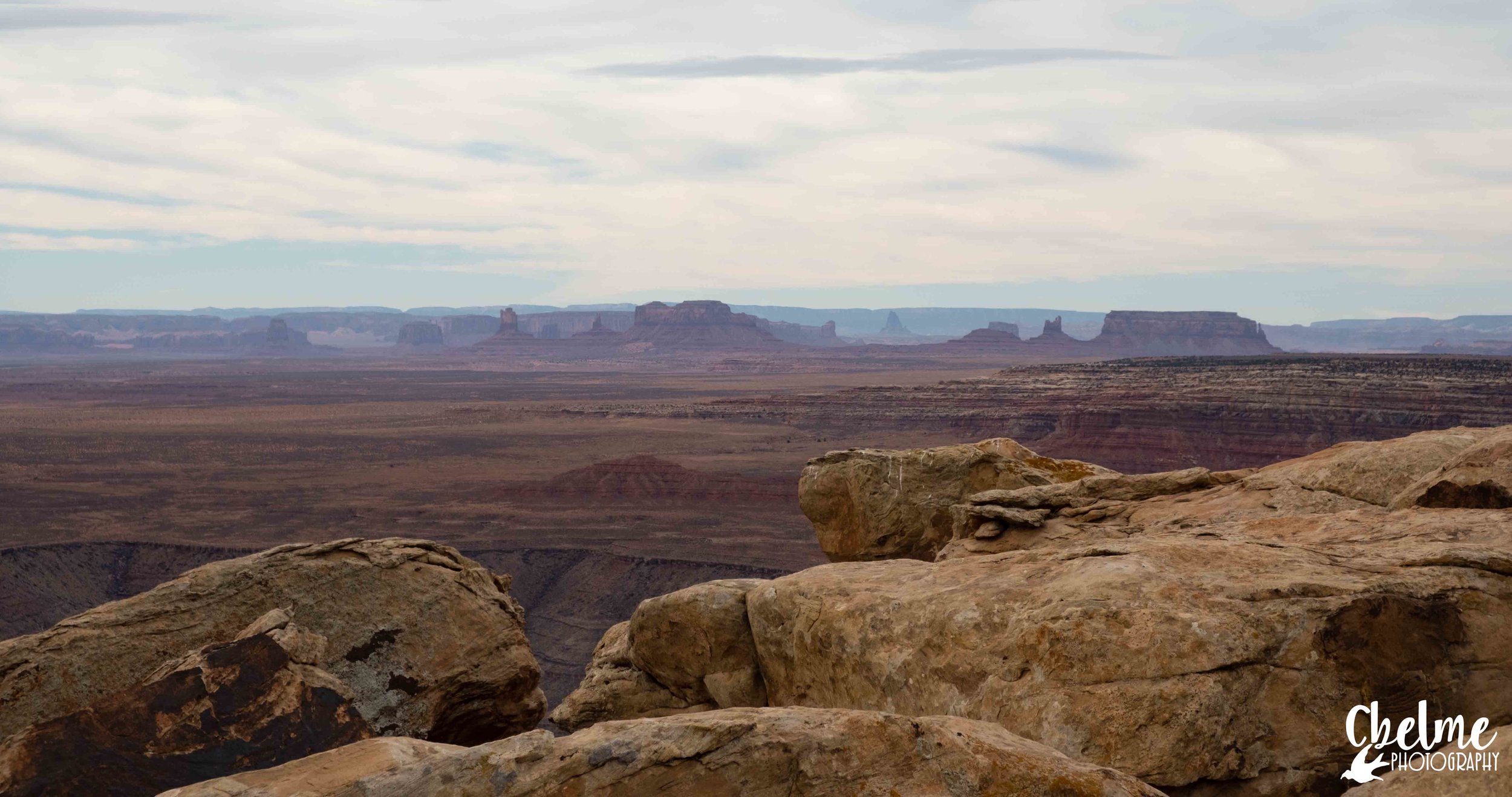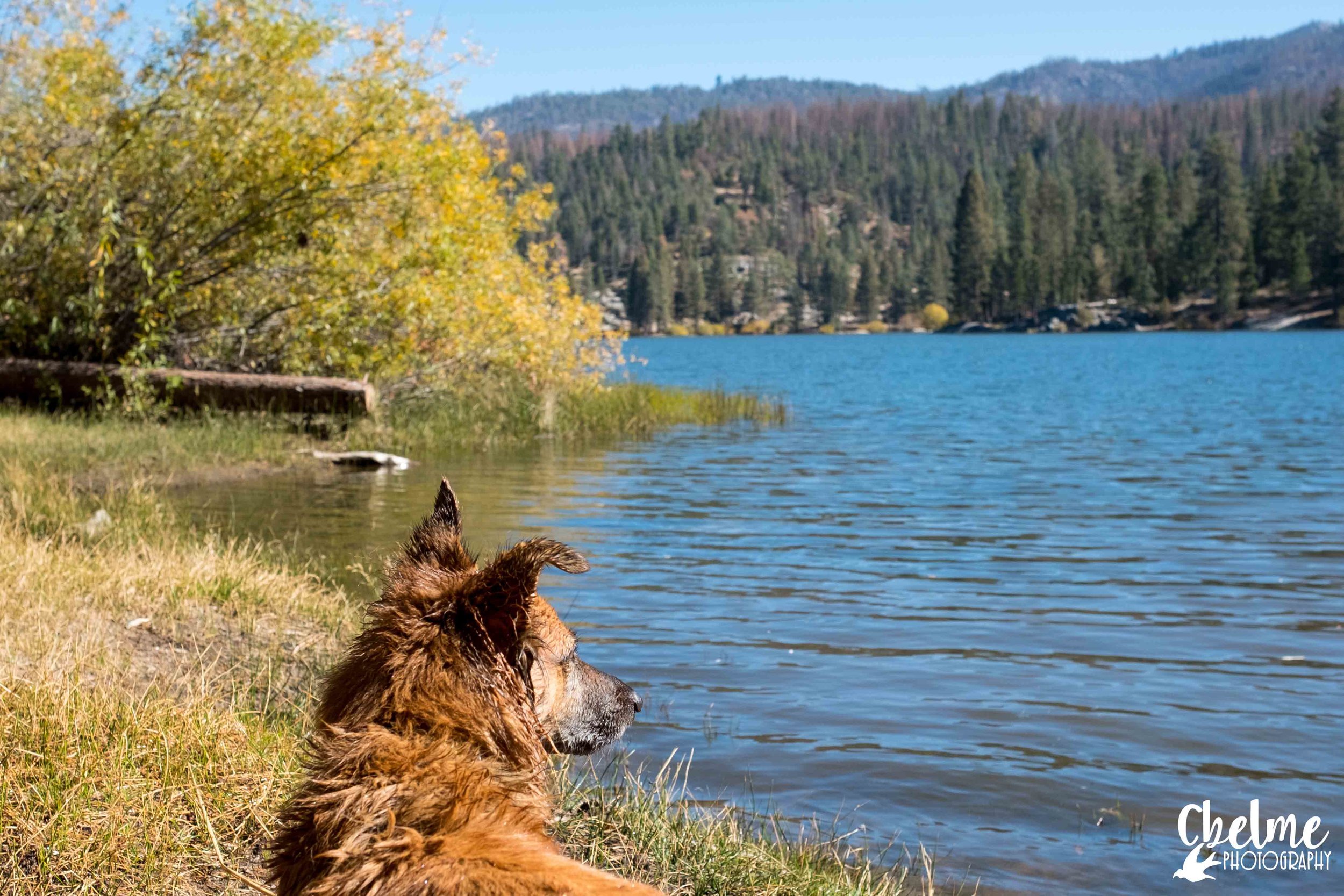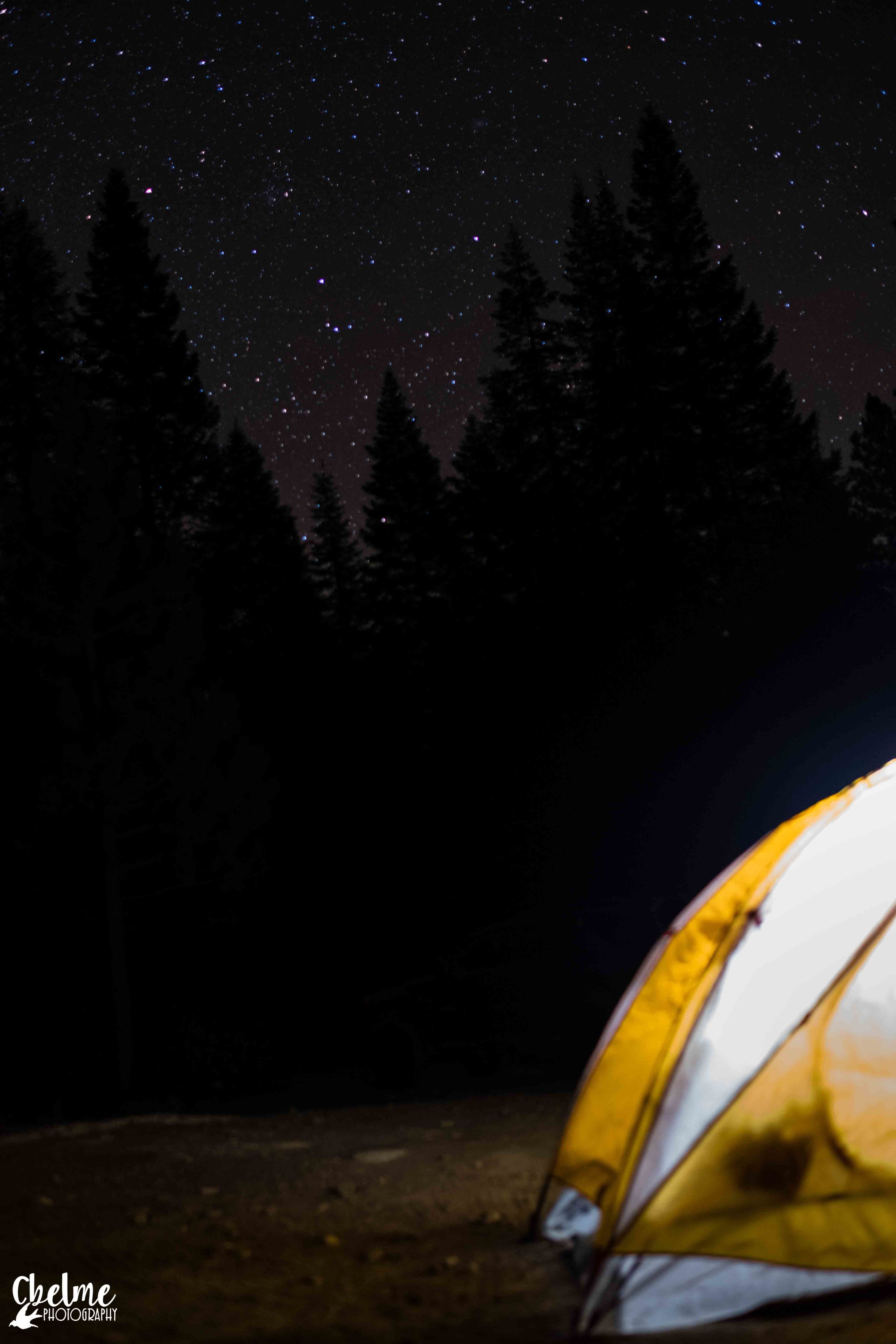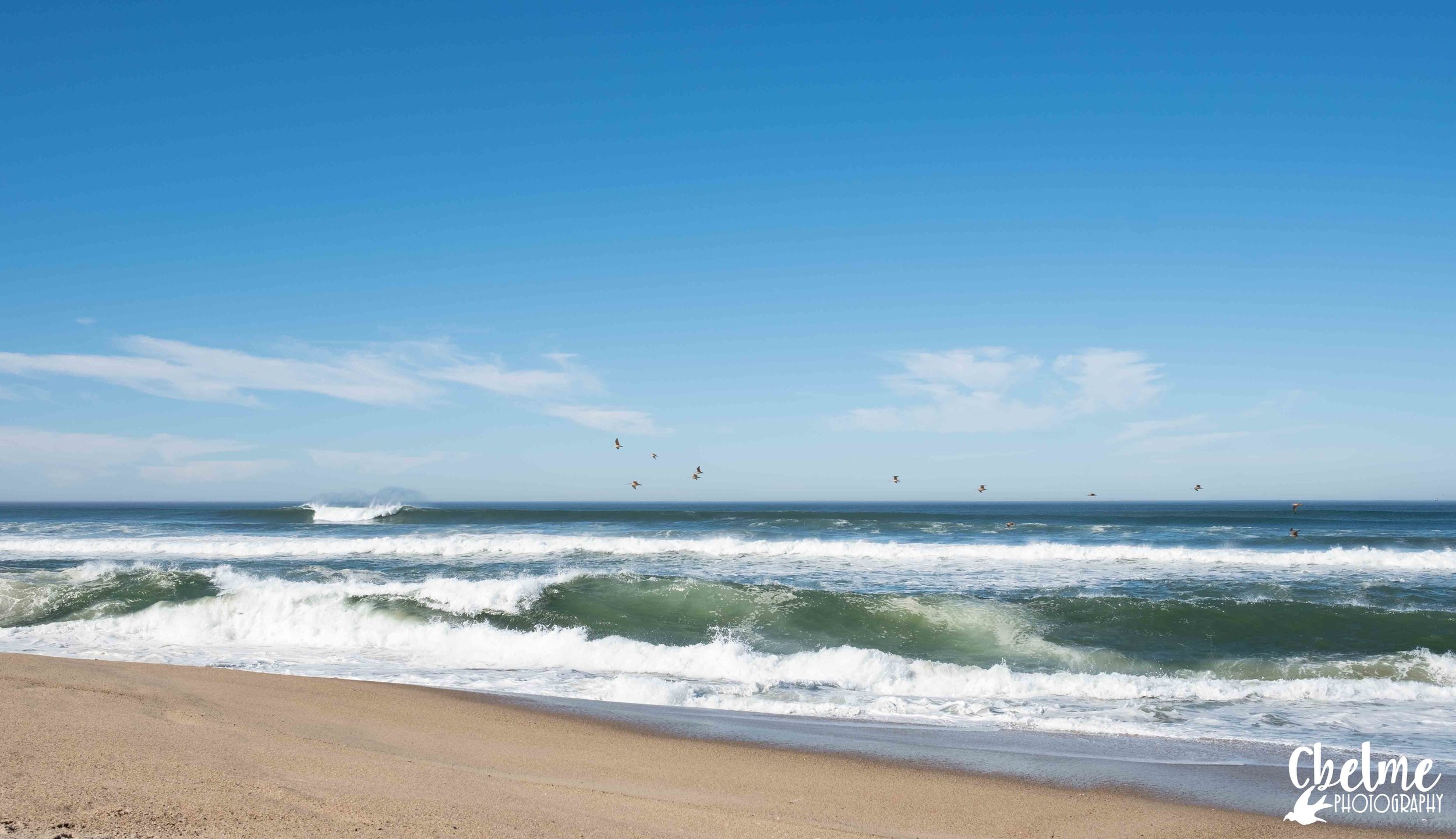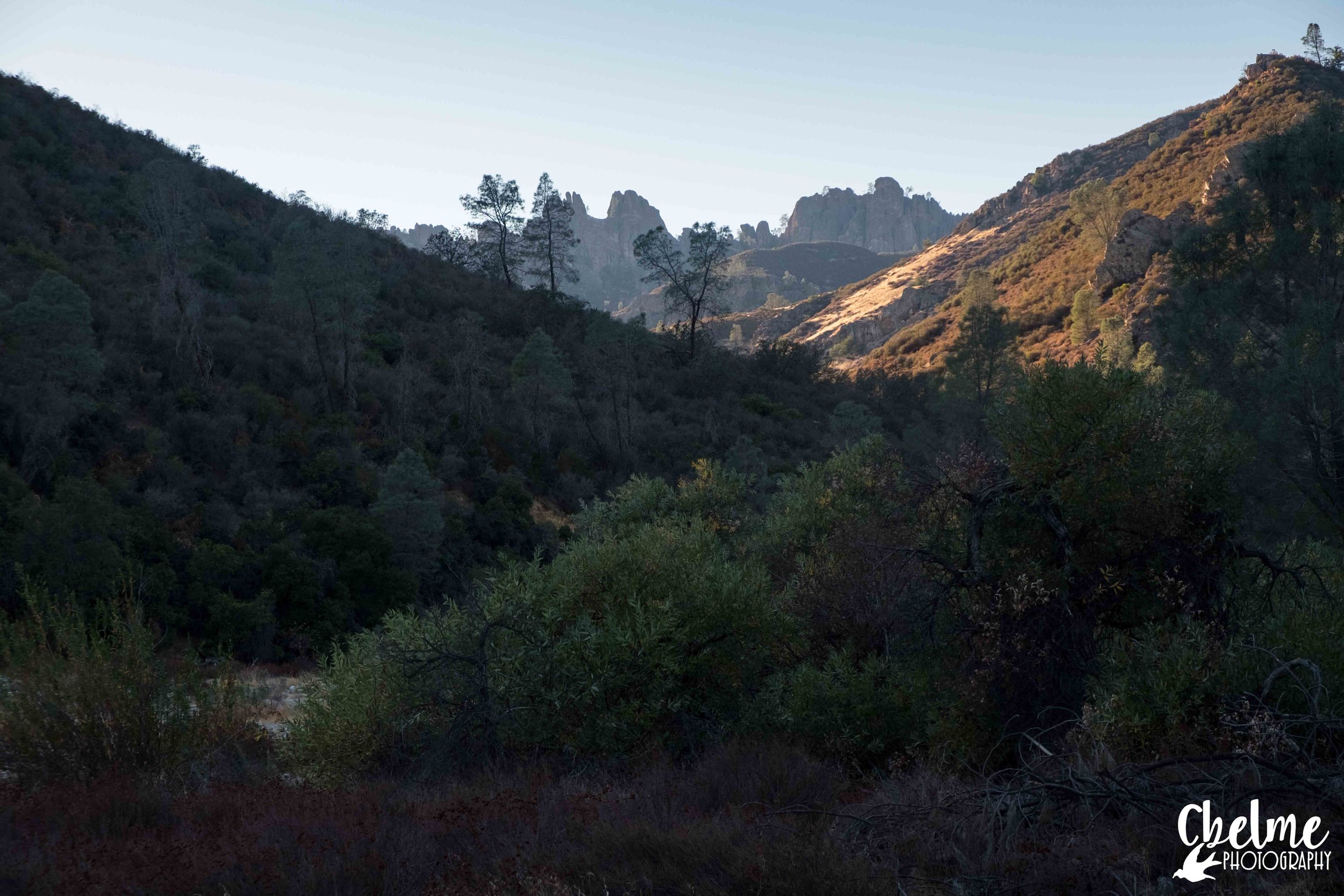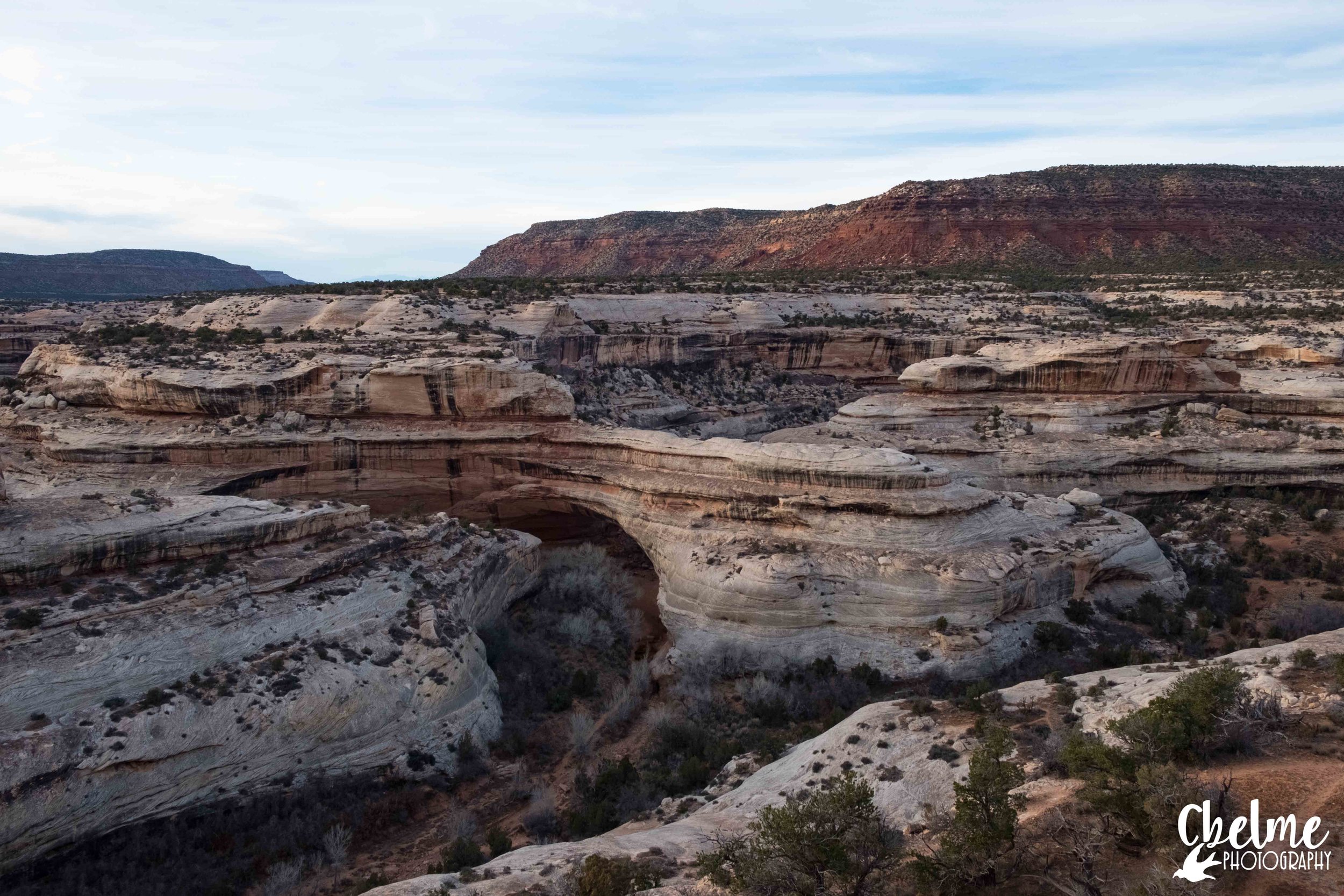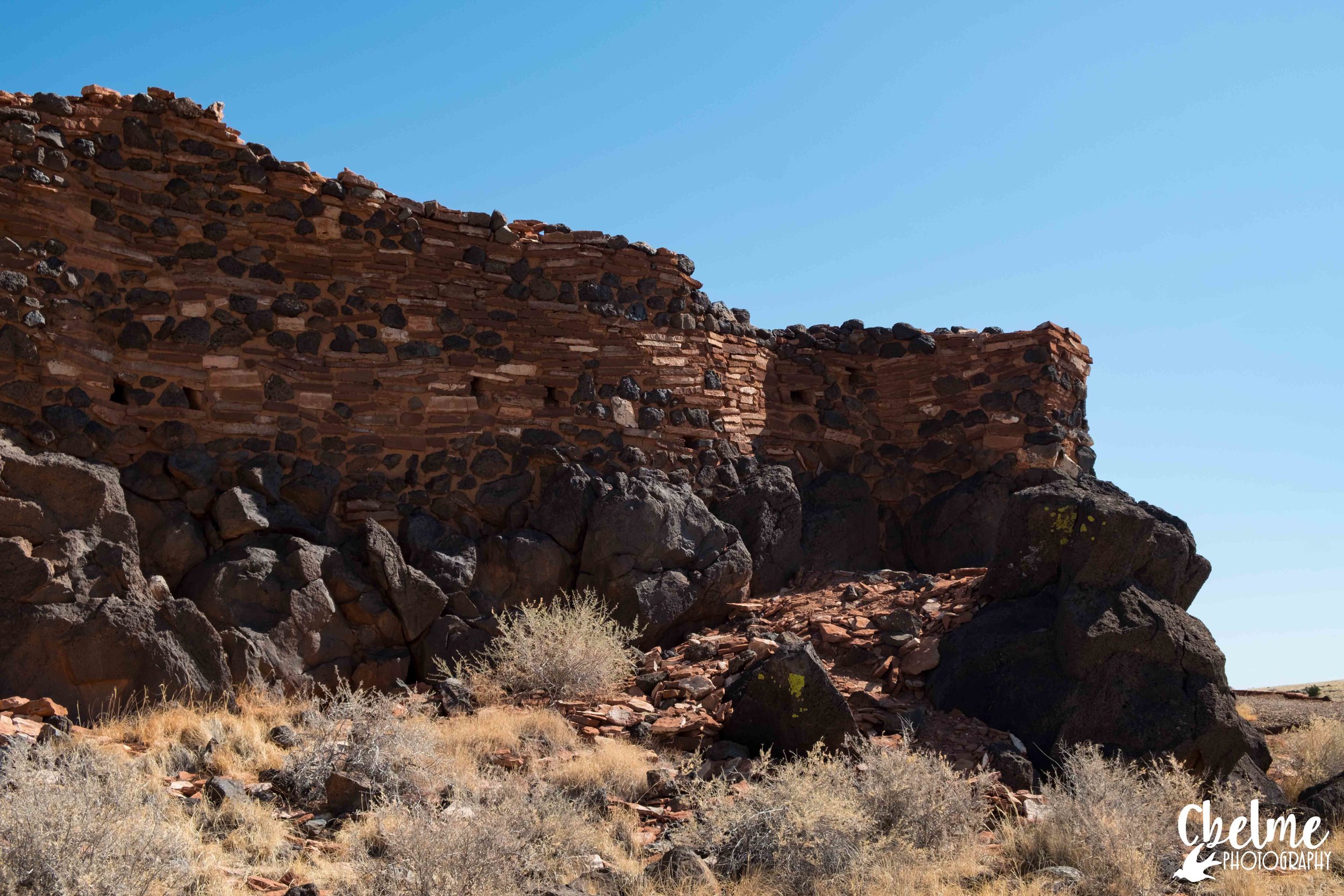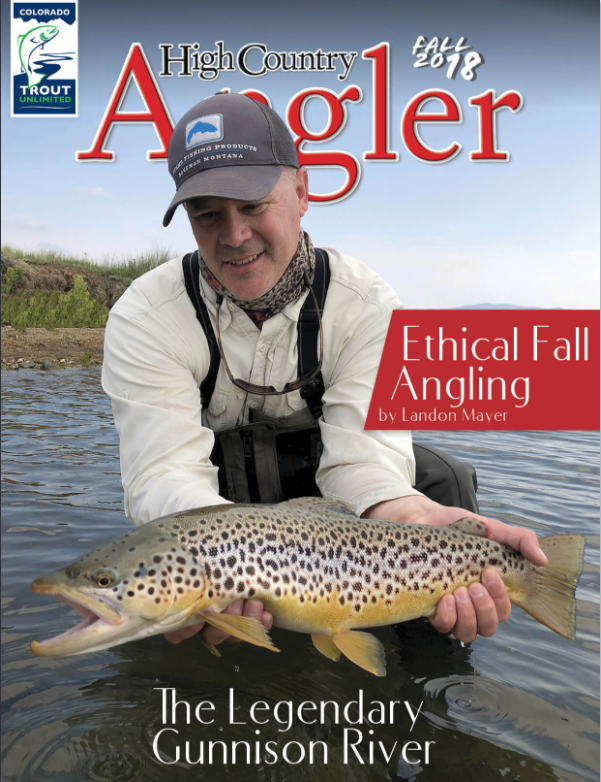Repost from the Grand Junction Sentinel:
by THE DAVE DRAGOO
With elections behind us, Congress is reconvening for its so-called "lame duck" session. One of its first orders of business should be to permanently reauthorize our nation's most successful outdoor recreation program, the Land and Water Conservation Fund (LWCF).
Over its more than 50 years, the LWCF has provided more than $16 billion in protecting valuable habitats, expanding public access to America's public lands, and supporting local projects for outdoor recreation. And it has done so without busting the federal budget — relying on revenue generated by the success of America's energy sector, not taxpayer dollars.
Close to home, LWCF has helped western Colorado with investments from protecting the Ophir Valley above Telluride, to securing key inholdings at the Black Canyon of the Gunnison National Park, to supporting the community Riverwalk in Pagosa Springs. More than $268 million has flowed into Colorado from LWCF, securing key public lands, opening up improved hunting and angling access, and supporting community trail and park development.
Yet despite bipartisan support and a long track record of success, Congressional gridlock allowed the LWCF to expire on Sept. 30. The loss of LWCF could seriously hamper future efforts to conserve valuable habitats and expand public access to America's public lands. Fortunately, the lame duck session gives Congress a second chance to reinstate the program with full, dedicated annual funding.
Here in Colorado, we know that protecting our outdoor resources isn't just about the environment and our quality of life — it is also an investment in our state's economy and our communities. Outdoor recreation in Colorado contributes $62.5 billion to our state economy, and supports 511,000 jobs. For businesses like Mayfly, the great outdoors is our corporate infrastructure — and the LWCF helps provide the outdoor resources for our customers that allow us to invest in our companies, our workforce, and our communities.
Sens. Bennet and Gardner and Congressman Tipton have all supported permanent reauthorization of LWCF, for which Coloradans can be grateful. Now it is time for them, and the rest of Congress, to finish the job and ensure that this vital program continues to support Colorado's — and America's — great outdoors and the multi-billion outdoor recreation economy that it supports. The time is now to #SaveLWCF.
David Dragoo is president of Mayfly Outdoors, a Certified B Corp that operates Montrose-based Abel Reels and Ross Reels with the goal of conserving wildlife and fish habitats.

















